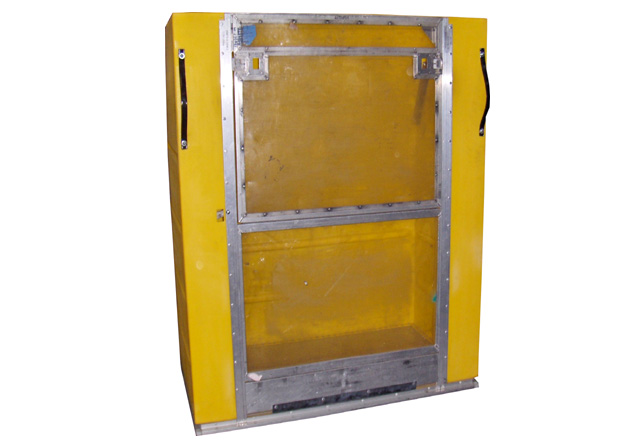Rotational Molding
Custom Rotational Molding Solutions for OEMs, Aerospace & Defense industry suppliers.
Rotational Molding
Rotational Moulding is plastics manufacturing process using heat transfer, biaxial rotational and a mold to create polymer based products. Because no force is involved the final products are extremely durable, as there is little to no stress introduced into the products during the process. Due to the lack of stress involved during the production cycle, the parts are extremely durable and robust. Most rotationally molded products, if properly molded are capable of withstanding a blunt, force impact from a hammer or other object and not suffer any significant damage.
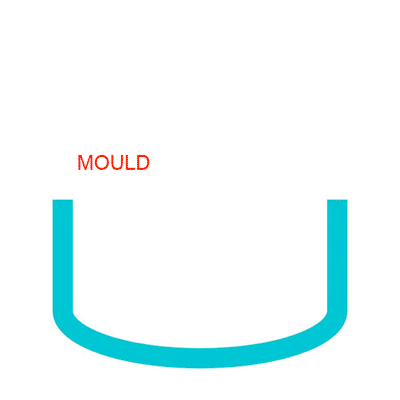
Rotomolding Process Explained
The rotomoulding process is a multi-stage process. Lets take a look at each of the steps in closer detail.
The first step of the roto-molding process is to load the polymer based material into the mold. Because of the rotational molding process, the polymer materials must be in a fine mesh powder form or in the form of what is described as a micro-pellet. This allows the materials to lay down smooth and nearly uniform throughout the entire part with no voids or pin holes. Once the powder is loaded into the mold, the vent tubes secured and rotate to ensure that no powder is leaking from the mold.
The second step of the rotomolding process is to send the molds into the heated chamber of the rotational moulding machine. The oven is where the molds will begin rotating biaxially at a low speed in effort to distribute the powdered polymer based material uniformly through the molds.
The third step of the rotational molding process is the pre-cooling and cooling cycles. Once the cook cycle is complete, the mold is moved to the pre-cool station, where it begins cooling with either fan or ambient air as the molds continue to rotate and turn biaxially. Once the pre-cool cycle is complete, the molds are moved to the cooling chamber, where they are cooled with fan, water or a combination of both.
The fourth step of the process is to open and unload the mold. Once the mold has cooled, the mold is opened up and the molded part removed from the mold. The mold is then re-loaded with pulverized polymer based material and goes back thru the rotational moulding process again to produce another product.
What is the Rotomolding Process?
Watch in the video above, as the rotational moulding process is explained in depth and detail as to how the process works, how the parts are molded and more!
Custom Roto-molding Process?
When it comes to Aerospace and Defense OEMs requiring products or components produced from the rotational molding process, they typically require a rotational molding company with a high quality focus. Watch in the video above as Granger Plastics Company helps explain the steps of a custom rotational molding project.
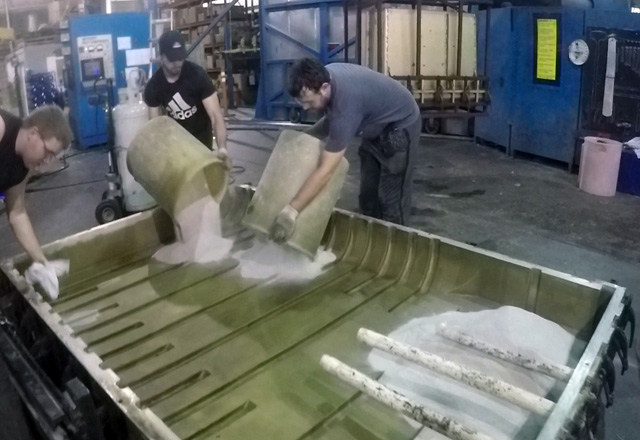
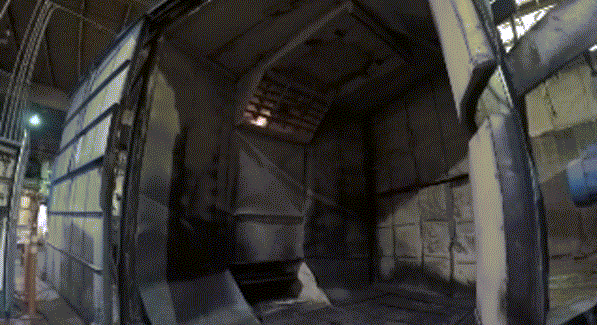
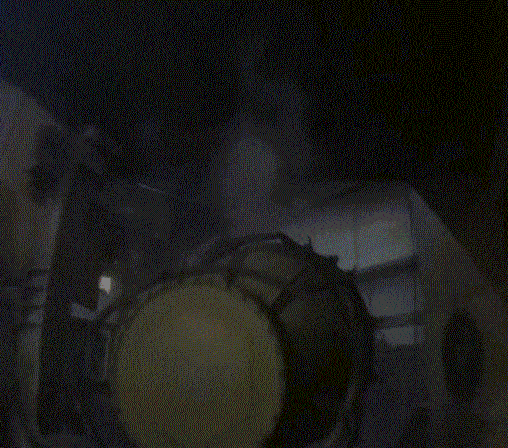
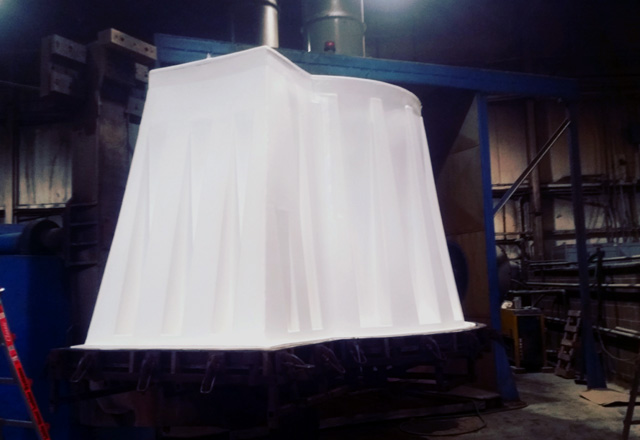
Rotational Molding Aerospace Solutions
Aerospace and Defense, like many other industries is eavily reliant upon the rotomoulding industry. Plastics and polymer based products and components are relatively common in both the aerospace and defense industries as engineers are looking to make the products and components as light as possible in effort to reduce battery, fuel or energy consumption. Most all products from the Rotational molding process are extremely durable and robust, thus they are impervious to the environmental constraints such as temperature and sunlight for most all applications.
A wide variety of products are manufactured for the Aerospace & Defense industries ranging from exhaust ducts, tanks, fuel cells and so much more. Granger Plastics Company is the only rotational molding company in the world with a true commitment to the Aerospace industry, by obtaining a FAA issued TSO C90d certificate of quality for ULD manufacturing.

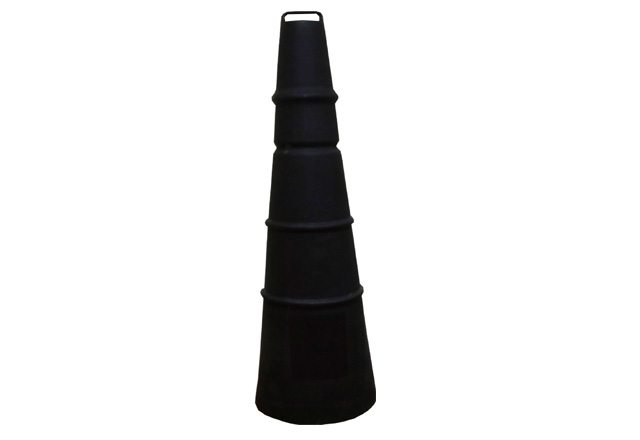
Granger Plastics Company is the only rotational molding company in the world with a true commitment to the Aerospace industry, by obtaining a FAA issued TSO C90d certificate of quality for ULD manufacturing. Granger's quality driven focus on rotomoulding is the core quality that clients reference when asked why they selected Granger as their Aerospace Rotational Molding Supplier.
